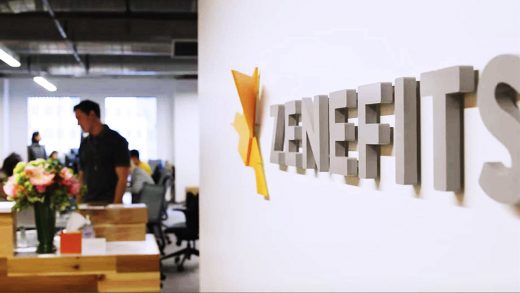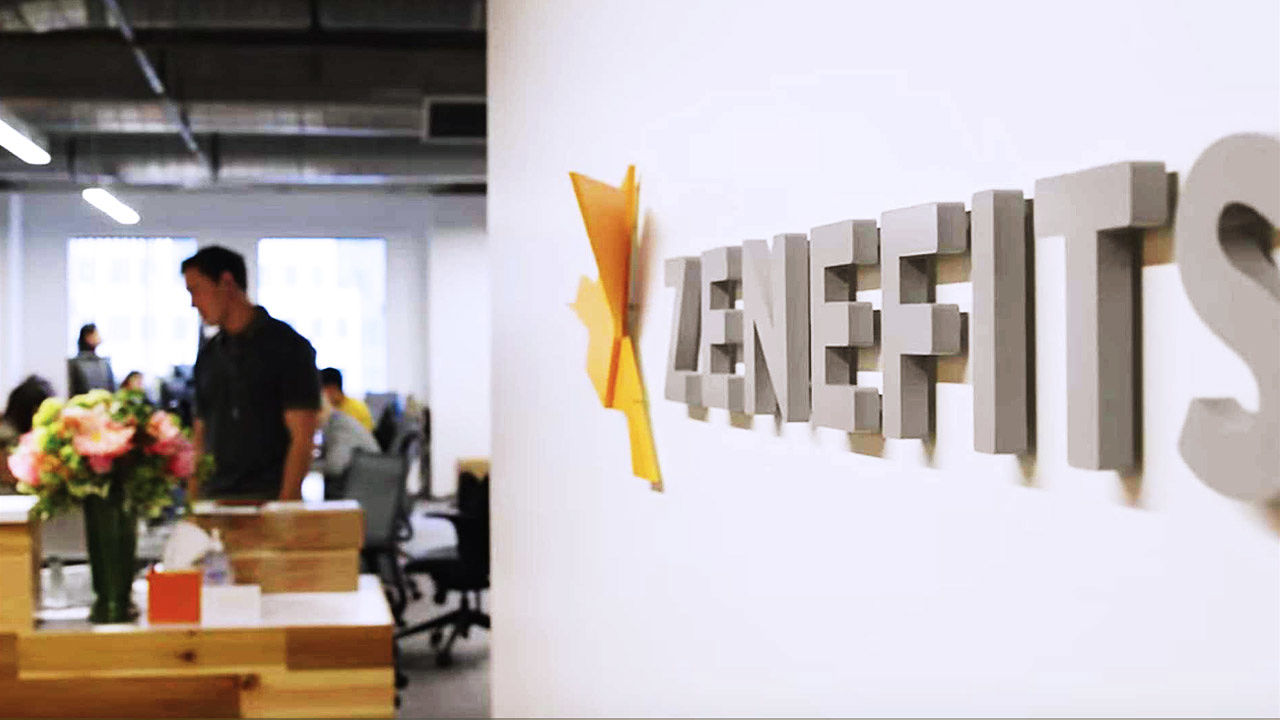Why Zenefits Took A Tip From Zappos To Try To Turn The Company Around
Zenefits is in a tough situation right now. The payroll and HR platform provider has been in the news for months, following a slew of public scandals, which included claims of lascivious work culture and employees cheating on licensing exams.

The company brought on a new CEO in February, has laid off hundreds of employees, and last month announced a completely new direction following a three-month internal investigation. Now CEO David Sacks is trying to make sure those on the inside believe in the new mission. The new ethos states compliance as one of its core values, and pledges to train and educate employees on how to correctly adhere to protocol. The statement also vowed to clean up its company culture and infuse more professionalism. Now, he’s adopted a strategy that tries to shed the company of those who lack confidence.
“The Offer”
Earlier this month, Sacks gave his employees a choice. If they weren’t on board with his turnaround and wanted to leave the company amicably, he would give them a buyout. Dubbed “The Offer,” the plan would provide exiting employees who joined Zenefits before February 8 of this year (when Sacks took the reins) two months of severance pay and four months of COBRA health care coverage.
Sacks wrote in his memo:
I recognize that the new Zenefits may be a very different company than the one many of you joined. I want to be respectful and realistic of that fact. And if you are not motivated by our mission to make entrepreneurship easier, or if you do not agree with the new company values, or if your role has changed in ways that you cannot support, then you can take The Offer.
A week after the memo went out, he revealed the results on Twitter. According to Sacks, only 10% of employees took the offer.
The question remains whether or not these galvanizing tactics will work in the long run. This move isn’t necessarily novel—it’s been used by a few other big tech companies in the past. According to Sacks, this strategy of severance versus loyalty was something he saw other CEOs do, and it stuck in his mind.
The History Of “The Offer”
While buyouts are anything but new, the case of using them to rally employees is a more unique case. And there are a few examples of other businesses doing it.
Amazon, for example, offers what’s known as a “pay to quit” program, which does just that. It worked by offering first-year employees $1,000 if they wanted to leave the company, and every year after that, another $1,000 would be added to the buyout to a maximum of $5,000. Jeff Bezos wrote in a shareholder letter that it would “encourage folks to take a moment and think about what they really want.” His intent was not to get his team to quit—the title of the employee memo was “Please Don’t Take This Offer.”
Another company, Zappos, has offered another severance program, also entitled “The Offer.” For nearly 10 years, the company offered $2,000 as well as earned wages to people who trained with the company for four weeks and worked for one. The idea is to ensure that those on the inside are on board with the company’s culture.
Last year, Zappos took it a step further and offered a onetime bigger buyout for people who had been at the company longer. Since 2013, Zappos began to restructure its corporate hierarchy to a more self-managed system called “holacracy.” CEO Tony Hsieh wanted employees to rally around the new form of internal governance, so in 2015, he offered employees a severance package if they were not on board with the new structure. Fourteen percent of Zappos’s employees reportedly took the deal.
Related: Zappos CEO Tony Hsieh: Adopt Holacracy Or Leave
This kind of tactic is grounded in some data. A CareerBuilder survey from 2014 looked into the cost of hiring bad employees. Companies surveyed admitted that just one bad hire cost them more than $50,000. Indeed, Hsieh was quoted saying that his poor hiring choices cost Zappos “well over $100 million.” Thus, he sees these buyouts as a way to ensure productivity and maintain good hires.
Of course, Zappos has been offering these new severance packages for over a year now, and things are still anything but rosy for the company, as it still grapples to get used to its untraditional organizational structure.
Can It Work?
Zenefits is in a similar situation, albeit a little more dire. Like Zappos, the company is facing a huge internal transformation that attempts to fix the massive shortcomings that caused it to fall from grace. But that also requires repositioning itself in the industry as a trusted company. For Sacks, having a workforce of people on board with his mission is the first and most important step.
Sacks says he got the idea directly from Zappos. He had read about Hsieh’s offer and thought it fit perfectly with what he was trying to accomplish. “Over the last four months,” he said to Fast Company, “we’ve made a lot of changes. We’ve changed the company’s values, we’ve articulated a new mission.” He sees The Offer as a way to ensure employees understand the new direction and are ready for the change that’s about to come. “You can see the offer as employees ratifying that direction,” he said.
Zenefits has a long road ahead. Sacks said that the company is being completely transformed—two weeks ago it implemented a huge reorganizational shift, the company has a new mission statement, and next fall, it will be unveiling a new product, which hopes to steer it in the right direction.
Like Zappos and Amazon, the first task is ensuring things on the inside are crystal clear, and that people have confidence in their company. It’s a way for employees to recommit and know who else has done the same.
Now Zenefits waits to see if this will work. The company, once valued at $4.5 billion, has some months until its official product relaunch. Then, we’ll begin to see if The Offer actually delivered.
Fast Company , Read Full Story
(25)



